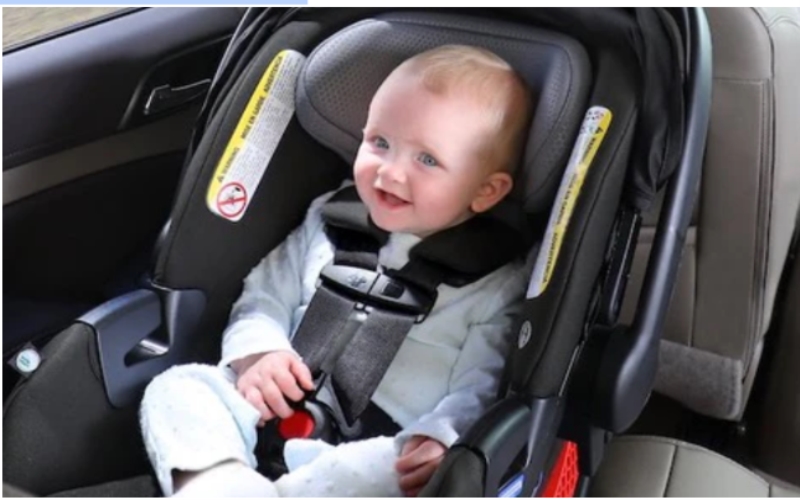Introduction
Getting your child’s car seat correctly installed is critical to ensuring their safety when travelling and this will help you keep track of when to check and replace your car seat. Petitioning for the inclusion of car seats in planes. While many parents are eager to use a car seat on a plane, they also find it overwhelming when it comes to the giant pool of different models and different designs of automobiles on the market. This guide by babyhillsthailand will help you to install a car seat step by step at your home easily to keep all safe on roads.
The Importance of Properly Installed Car Seats
The statistics show that the high number of injuries in accidents can be attributed to improperly installed car seats. A properly installed car seat mitigates these risks by holding your child in place and distributing crash forces safely throughout the car seat structure. Studies have shown that most parents misuse car seats, and that they don’t work properly as protective equipment if they are misused.
Just by following the steps below, you will be sure to have a properly installed car seat and a safe little one in your vehicle every time you drive.
Step 1: Ensure You Have the Right Car Seat
Before installation, you need to make sure you have a car seat that fits your child’s age (infant, toddler, child), weight, and height. Car seats can be classified into three types:
- Rear-Facing Seats: Great for infants and toddlers under age two.
- Front-Facing Seats: For older toddlers.
- Booster Seats: For older kids until ready for a standard seatbelt.
Consult the manufacturer’s specifications for weight and height limits to make sure the car seat you choose fits your child’s needs.
Step 2: Read the Manuals
You should have manuals for both your vehicle and your car seat. Read through these manuals to know:
- Where you can find the car seat anchors or seat belt pathways in your car.
- If your car seat is secured using the LATCH system (Lower Anchors and Tethers for Children) or the seatbelt method.
That information matters because the installation process is different for each car and car seat model.
Step 3: Properly Position the Car Seat
Depending on your child’s age, place the car seat as follows:
- Rear-facing seats should be positioned at a reclined angle to protect your baby’s neck and head. The exact angle on the car seat itself is often marked.
- Forward-facing seats* must be locked and upright.
Always put the car seat in the back seat of your car. This is the safest place because it lowers the risk of airbag injury during a collision.
Step 4: Strap Down the Car Seat
- Using the LATCH System:
Most newer vehicles are equipped with LATCH anchors that make installation a cinch. Attach the car seat’s anchors to the built-in LATCH points in the vehicle and tighten the straps so that there is no slack.
- Using the Seatbelt:
If your vehicle doesn’t have LATCH anchors, you can use the seatbelt to secure the car seat. Pull the seat belt through the correct route shown in the manual and secure it to keep the car seat where it’s supposed to be.
Step 5: Look for Tightness
Once the car seat is installed, grab the base and give it a good shake. If it budges more than an inch in any direction, it’s too loose. Make sure the seat is firmly in place by tightening the straps or seatbelt.
Step 6: Buckle the Harness
Another important part of a correctly installed car seat is the harness system. For rear-facing seats, the harness straps should be fed through slots at or below your child’s shoulders. For forward-facing seats, the straps should be at or above the shoulders.
Check that the straps are tight enough that you can pinch no fabric between your fingers. The chest clip should be at the armpit level.
Step 7: Verify What You Have Done
Check every step to make sure your * car seat * is installed correctly. You can also contact a local car seat inspection station or a certified car seat technician for expert advice. This is a service offered at several locations at Baby Hills Thailand to ensure parents are confident in their installation!
Conclusion
While installing a car seat can feel like an intimidating process, taking these steps to pay attention to detail can ensure your child is as safe as possible when you’re on the road. Always consult your car seat and vehicle manuals, and don’t be afraid to ask a certified technician for help. This babyhillsthailand guide is going to help you travel with your little one safely and comfortably so read on.
The proper way to install your car seat should not be reduced to a chore being ticked off a checklist—it can save the life of your precious child. Do it right, and you’ll have peace of mind each time you take to the road.


